An 18-year-old enthusiast bought and installed an IBM z890 mainframe (2004) in the basement
The owner of the mainframe brought the system to a working state for several months.

First step: system purchase
Mainframes are fairly complex systems that usually buy organizations that need to perform a lot of different calculations in a limited time. Banks, telecommunications companies, scientific organizations - everyone needs such systems. Like all other electronic devices, over time, even the most powerful systems become obsolete, and if the mainframe is still functioning normally, its performance may be lower than required.
')
New mainframes cost thousands, tens and hundreds of thousands of dollars - depending on the models. How much is the used system of previous years? Say, IBM z890? The new mainframe of this model cost $ 200,000 by the moment of the start of sales in 2004. Now one of the enthusiasts of the old iron bought the same system on the site “GovDeals” for only $ 237. The seller was a university that updated the equipment park. Why a mainframe enthusiast? Of course, in order to install in the basement of your own home and bring it to working condition.
The physical installation of the mainframe took the buyer two days, since disassembling into blocks, loading into the basement and re-assembling is a very slow process. Plus, the mainframe went to the buyer without a data storage system - he could hardly find a suitable system at a price that was not too high. The author writes that there are a lot of solutions, but the cost exceeds the order of his purchase. Therefore, this solution was found.

Appearance at the time of purchase





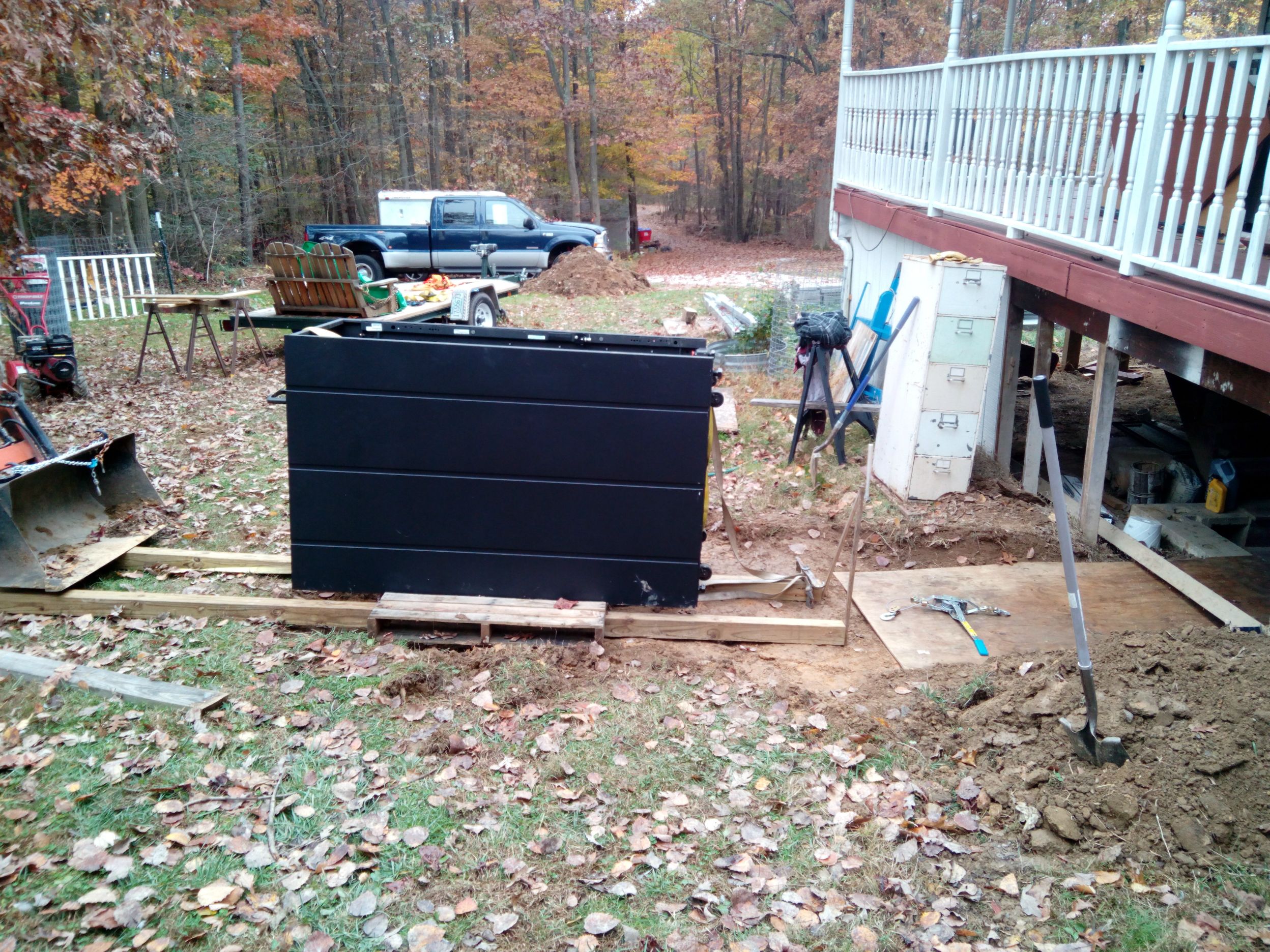
We send the system to the basement

This is all you need to collect


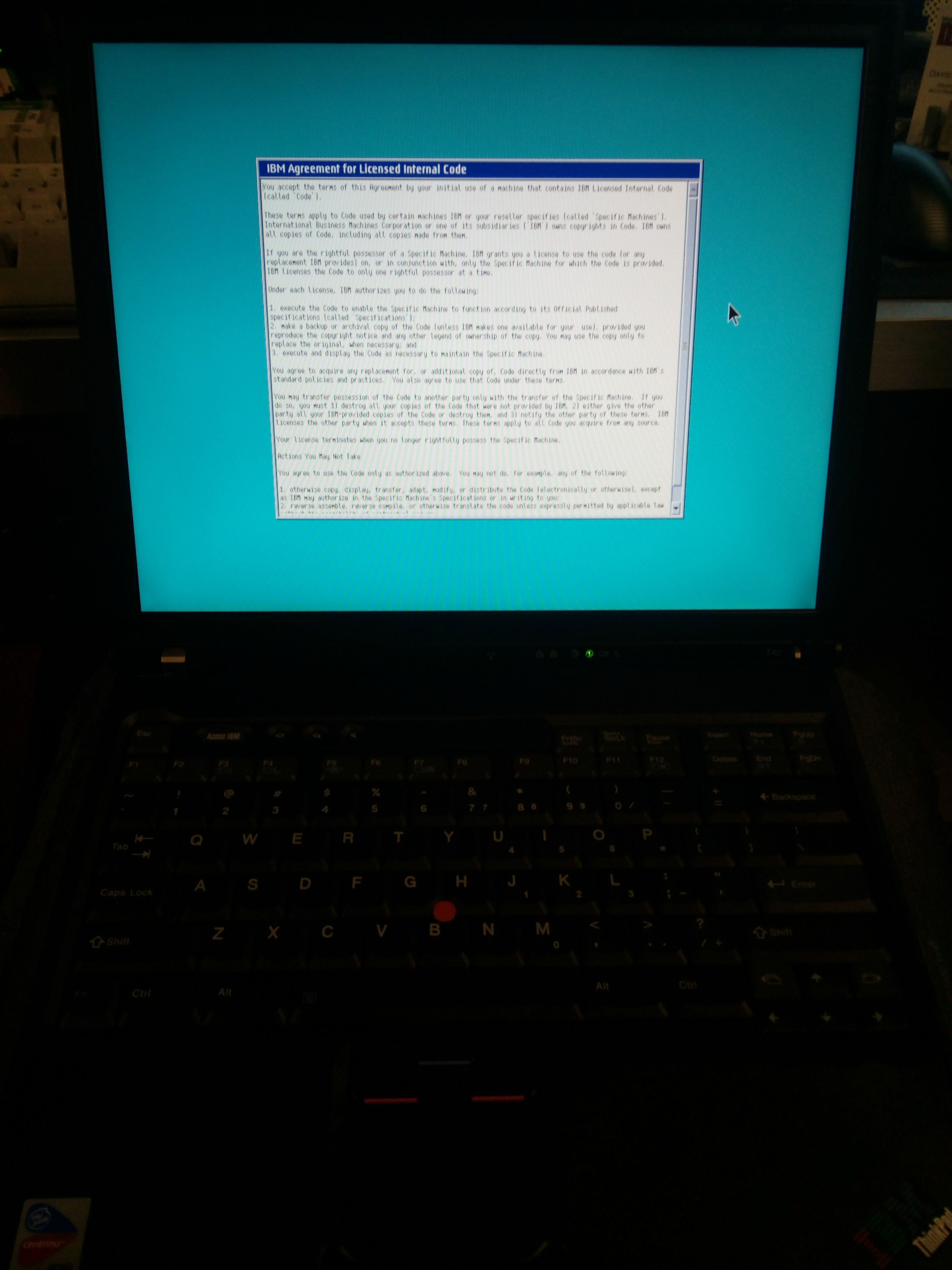
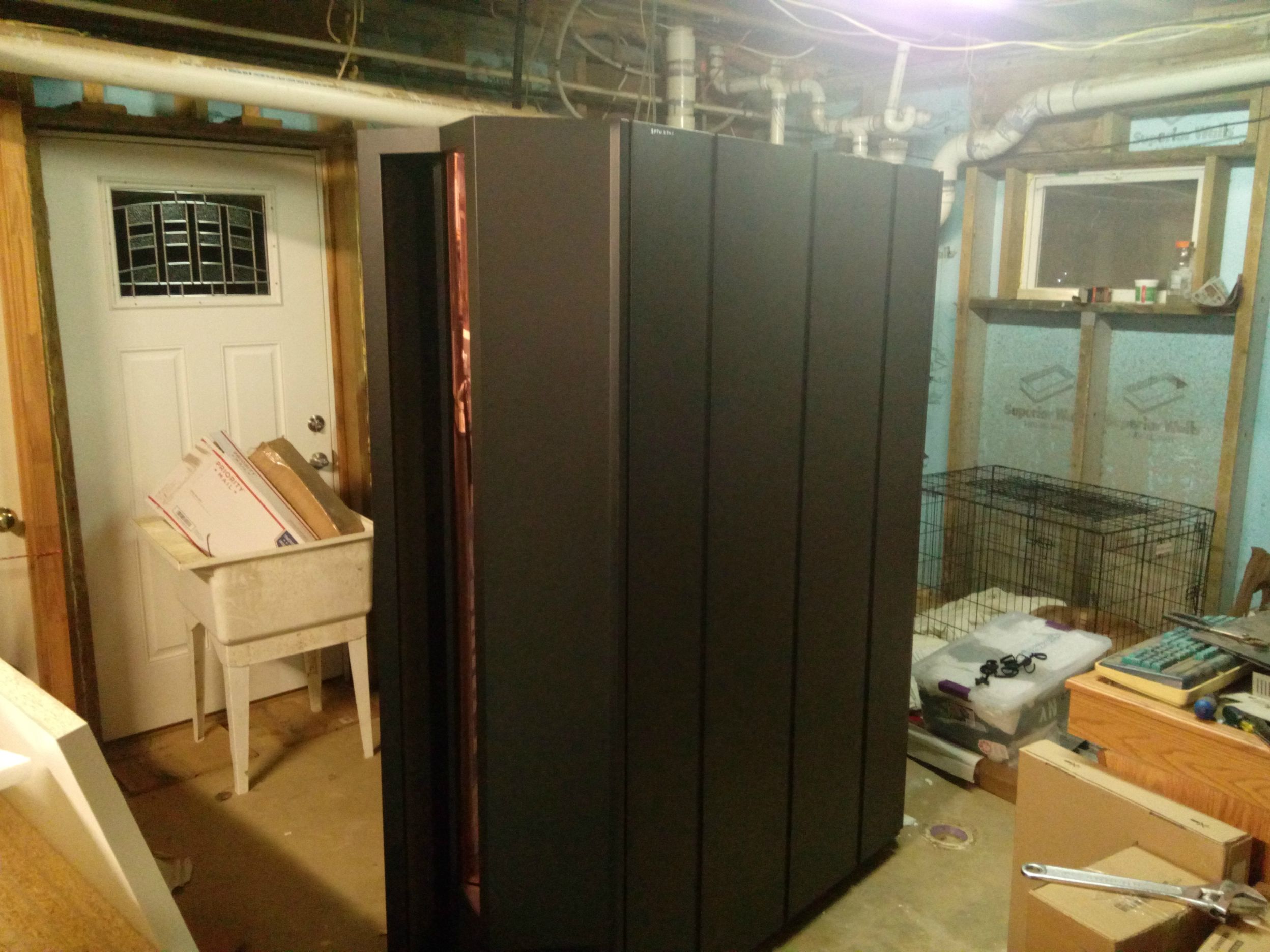
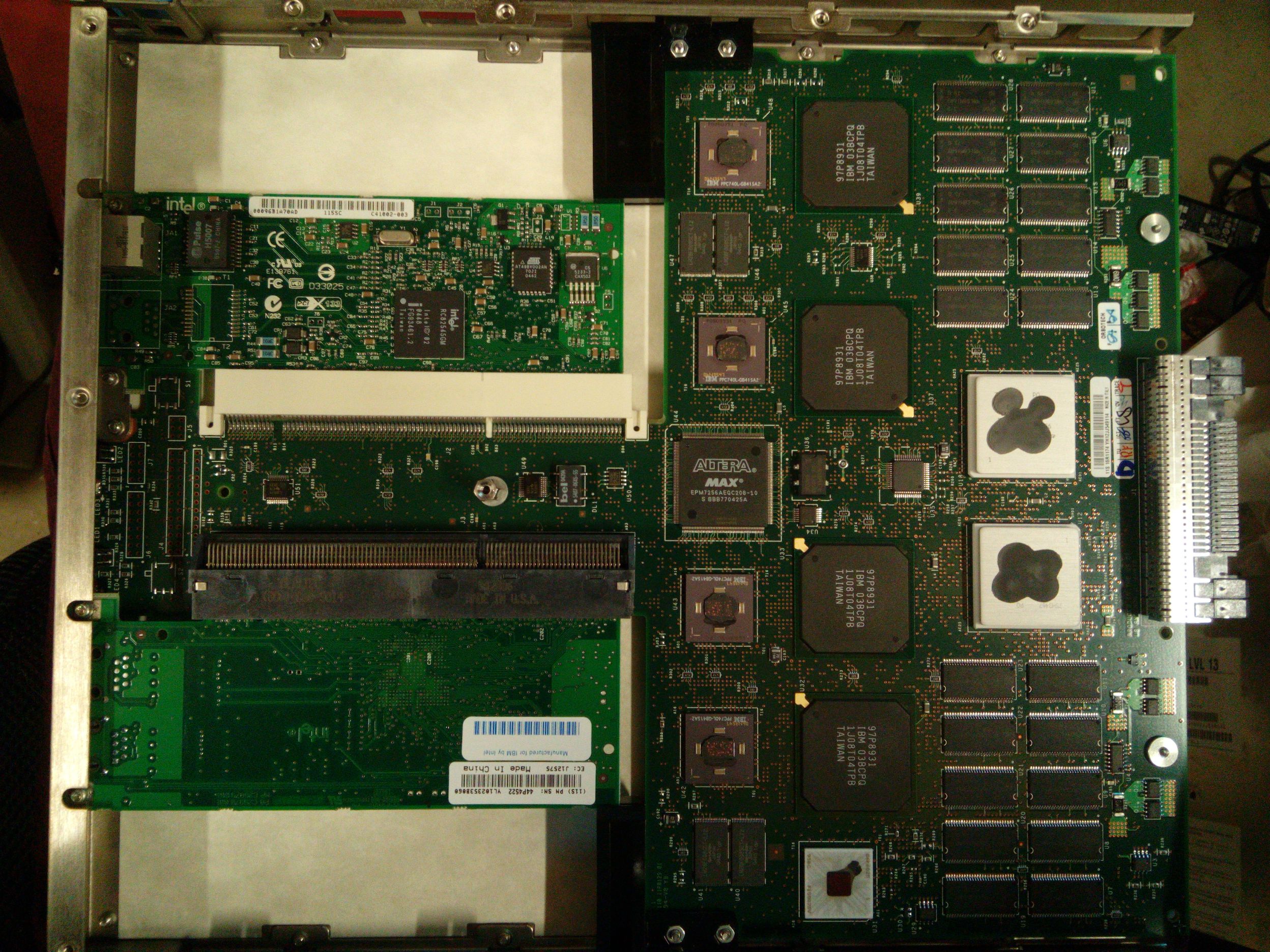
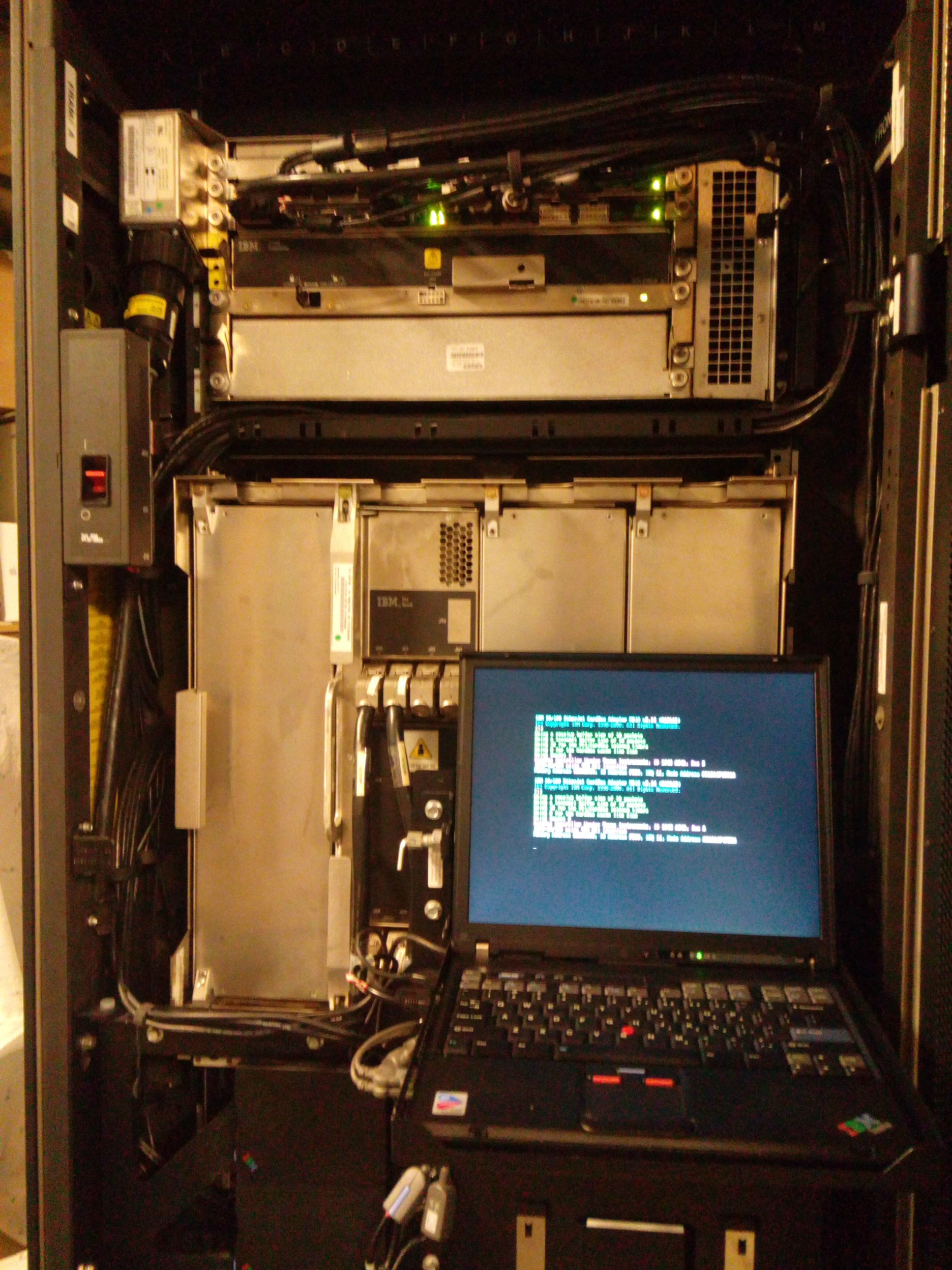
Food for the "baby"
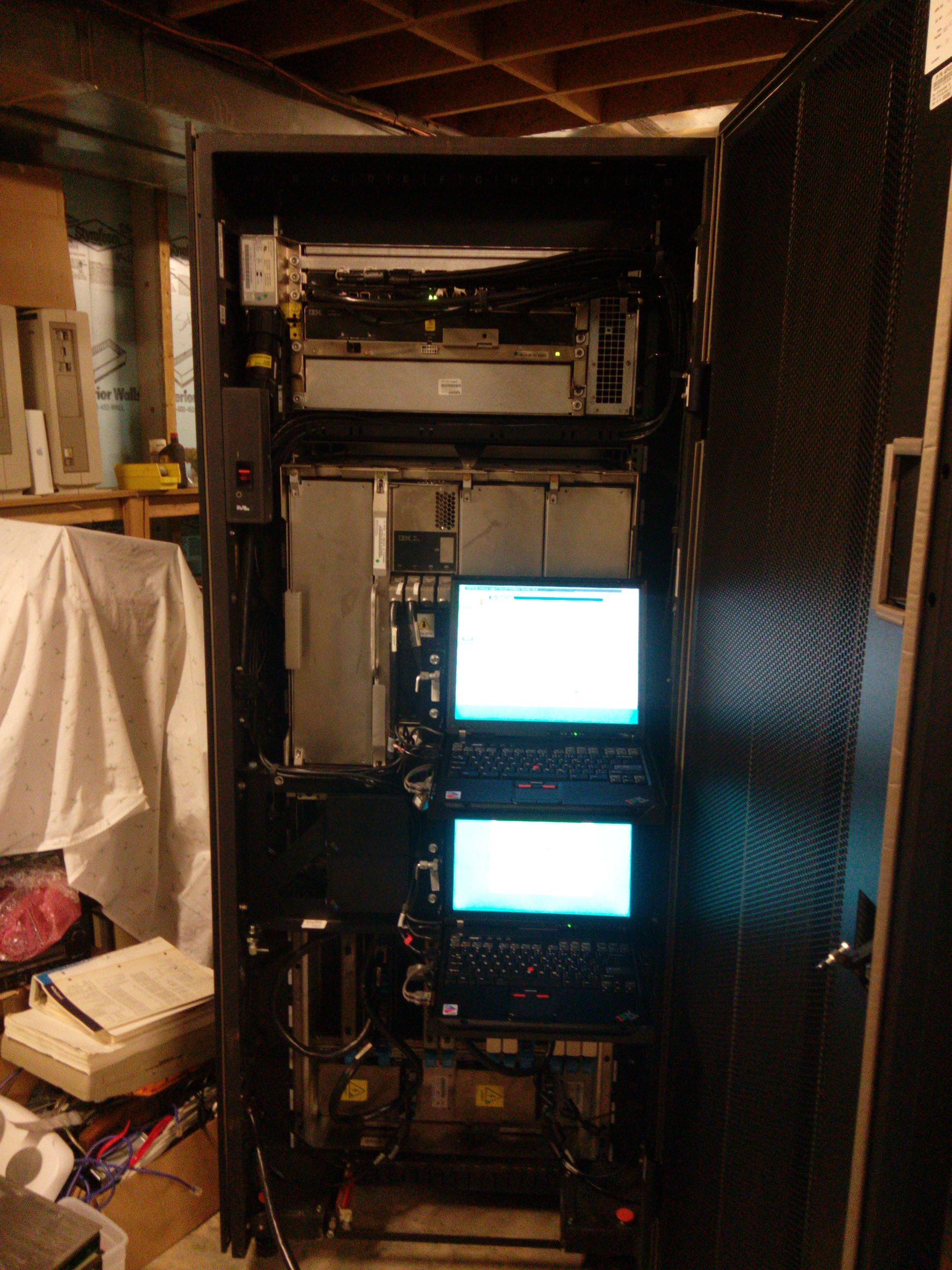




The same photos can be found on imgur .
After several months, the mainframe is fully operational and accessible from the outside. The author of this project spoke in detail about his work in a number of speeches, one of which can be viewed here:
And some technical information about the mainframe itself .
Specifications:
Design:
The z890 is built on the classic zSeries scheme, but has only one frame (A-frame), while the z990 has two frames (A and Z frames).
Frame z890 consists of:
Since only one hardware model is implemented for the z890 server - A04, the CEC cage contains only one processor unit (while the CEC cage in the z990 has 4 units). Therefore, the z890 can have from 1 to 4 processors and from 8 to 32 GB of internal memory. One of the processors can be configured as SAP.
The z890 blocks support data throughput of 16 Gb / sec between memory and I / O devices using up to eight processor buses using STI (Self-Timed Interconnect).
The z890 servers only work in LPAR mode. In one server, you can define up to 30 logical partitions (LP), and accordingly up to 30 logical channel subsystems (LCSS). There are certain rules for building LP and LCSS:
And what is in your basement?

First step: system purchase
Mainframes are fairly complex systems that usually buy organizations that need to perform a lot of different calculations in a limited time. Banks, telecommunications companies, scientific organizations - everyone needs such systems. Like all other electronic devices, over time, even the most powerful systems become obsolete, and if the mainframe is still functioning normally, its performance may be lower than required.
')
New mainframes cost thousands, tens and hundreds of thousands of dollars - depending on the models. How much is the used system of previous years? Say, IBM z890? The new mainframe of this model cost $ 200,000 by the moment of the start of sales in 2004. Now one of the enthusiasts of the old iron bought the same system on the site “GovDeals” for only $ 237. The seller was a university that updated the equipment park. Why a mainframe enthusiast? Of course, in order to install in the basement of your own home and bring it to working condition.
The physical installation of the mainframe took the buyer two days, since disassembling into blocks, loading into the basement and re-assembling is a very slow process. Plus, the mainframe went to the buyer without a data storage system - he could hardly find a suitable system at a price that was not too high. The author writes that there are a lot of solutions, but the cost exceeds the order of his purchase. Therefore, this solution was found.

Appearance at the time of purchase






We send the system to the basement

This is all you need to collect






Food for the "baby"





The same photos can be found on imgur .
After several months, the mainframe is fully operational and accessible from the outside. The author of this project spoke in detail about his work in a number of speeches, one of which can be viewed here:
And some technical information about the mainframe itself .
Specifications:
- From 1 to 4 processors.
- From 8 to 256 GB of internal memory.
- Up to 30 logical LPAR sections.
- Up to 256 I / O channels.
Design:
The z890 is built on the classic zSeries scheme, but has only one frame (A-frame), while the z990 has two frames (A and Z frames).
Frame z890 consists of:
- CEC frame
- I / O frame
- Power sources
- UPS
- Air cooling systems
- Liquid cooling systems
Since only one hardware model is implemented for the z890 server - A04, the CEC cage contains only one processor unit (while the CEC cage in the z990 has 4 units). Therefore, the z890 can have from 1 to 4 processors and from 8 to 32 GB of internal memory. One of the processors can be configured as SAP.
The z890 blocks support data throughput of 16 Gb / sec between memory and I / O devices using up to eight processor buses using STI (Self-Timed Interconnect).
The z890 servers only work in LPAR mode. In one server, you can define up to 30 logical partitions (LP), and accordingly up to 30 logical channel subsystems (LCSS). There are certain rules for building LP and LCSS:
- Each LP must correspond to one LCSS. One LCSS can correspond to up to 15 LP.
- One LCSS can define up to 256 channel path identifiers (HPIDs).
- Some channel paths (eg, ESCON) must be tied to a single LCSS. The rest (for example, FICON and OSA) can be tied to several channel subsystems.
And what is in your basement?
Source: https://habr.com/ru/post/392339/
All Articles